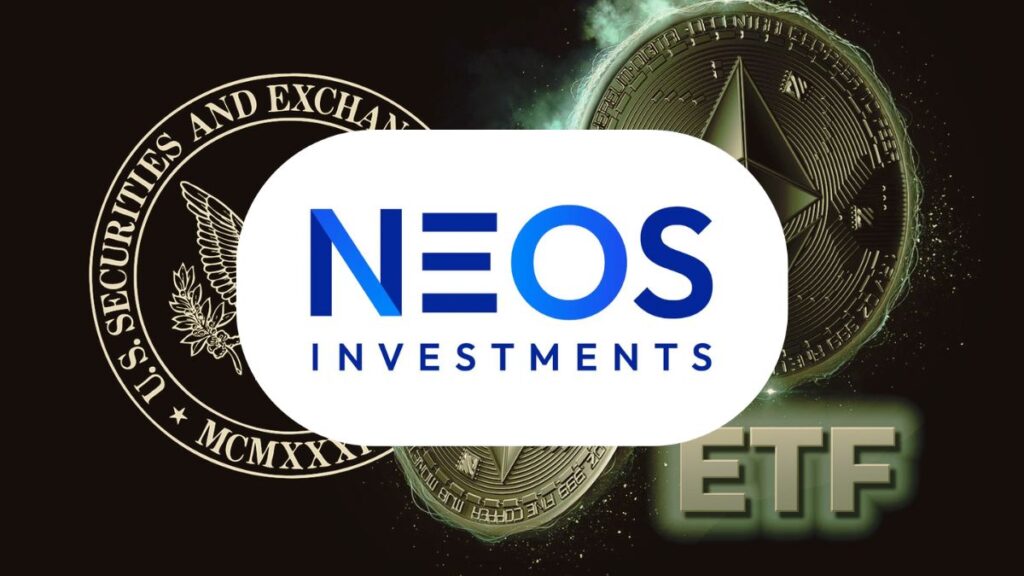TL;DR
- Product design: NEOS files a High Income Ethereum ETF using indirect exposure to spot Ethereum ETFs and active options trading, creating a synthetic covered call approach aimed at boosting yields for investors.
- Market timing: The launch follows a stretch where Ethereum ETFs outperformed Bitcoin ETFs, with Eric Balchunas saying the category now gets the full treatment as institutional flows deepen.
- Key risks and next steps: Covered calls can cap upside and hedges can drag, indirect exposure may track spot imperfectly, and the SEC still must approve; investors will watch for strikes, tenors, and hedge ratios.
NEOS has filed for a High Income Ethereum ETF that seeks to turn indirect ETH exposure and options trading into bigger yields. Rather than holding Ether, the fund would invest in spot Ethereum ETFs and actively trade calls and puts on those vehicles, creating what NEOS describes as a synthetic covered call strategy. The design targets enhanced income for investors who can tolerate higher complexity and the possibility of amplified drawdowns.
New filing for an ethereum high income ETF. Now that the category is seeing big boy flows it will get the full ETF treatment. So many activities pic.twitter.com/DL3En9D1eo
— Eric Balchunas (@EricBalchunas) August 11, 2025
How the fund aims to generate income
By owning shares of existing spot Ethereum ETFs, NEOS can sell call options against those positions and collect premiums while retaining upside up to the strike price. The manager can also buy protective puts to limit downside, or tactically write additional options when volatility spikes. In range-bound markets, option premium income can accumulate and outpace passive exposure, though sharp rallies or selloffs can reduce effectiveness.
Why launch now

Ethereum ETFs have recently outperformed Bitcoin ETFs, a rare shift that emboldened issuers to test income-focused designs. Bloomberg’s Eric Balchunas framed the filing as a sign the category is getting the full treatment as institutional flows deepen and issuers seek differentiation. NEOS already runs a high-income approach on Bitcoin ETF exposures, so pivoting the playbook to Ether appears timely as appetite expands.
The risk profile investors must accept
The strategy introduces path dependence because option premiums, strikes, and positioning drive results as much as spot price. Covered calls can cap upside during strong rallies, and hedges can drag on returns when markets grind higher. Indirect exposure may also produce tracking differences versus holding ETH directly, and the active overlay adds operational and liquidity risks that conservative buyers should weigh.
What to watch next
The fund must clear the SEC before listing, and the filing did not specify a launch date, fee schedule, or ticker. If approved, investors will scrutinize how the portfolio calibrates strike selection, tenor, and hedge ratios across market regimes. The bigger takeaway is that Ethereum’s ETF market is evolving beyond plain spot exposure into specialized income strategies that could broaden adoption while reshaping risk for mainstream investors worldwide.










